|
The bus goes dark. Looking out the window of our top bunk, we’re surrounded by the interior tiles of an unlit tunnel. We’re driving from Hoi An to Hue, the imperial capital of Vietnam during the Nguyen Dynasty from 1802 to 1945. The tunnel we’re passing through is the Hai Van. It’s the longest in Southeast Asia, stretching just over 6km, and we’re pleased at the decision to sacrifice coastal views on the windy mountain pass for the much faster route and ten minutes of complete darkness. As the small beam of light from the tunnel’s end grows larger and larger, we’re finally released in to some of the most beautiful and unique scenery we’ve witnessed in Vietnam. Heading north up Vietnam’s Highway 1, we pass lush mountains cascading into the sea on our right, sunlit rice fields plowed by men guiding water buffalo on our left. It’s enough to make the dirty and broken bus that we’re in (a realization of the expression “you get what you pay for”) melt away. Hue is a mix of the ancient and modern. The imperial city, or citadel, on the north banks of the Perfume river was once inhabited by emperors and their concubines. On the river’s south side, a web of narrow streets and alleyways is filled with hotels, coffee shops, video game cafes, and a surprising amount of Italian restaurants (okay, so we may have gotten pizza one night, but let’s be real, it’s pizza). Our stopover is brief and, with only one full day to explore, we start with a stroll to the train station to book our tickets for the following day’s journey.
Covered by a gray, hazy sky, the city’s landscape feels muted. Narrow parks straddle the wide, lazy river on both sides, the headache inducing roar of cicadas envelops the trees above. A few kilometers down the road and the pink colonial rail station approaches. We cross the green hued river on a four lane bridge to see the west wall of the citadel. On this side of the Perfume RIver, it’s quiet, with only a few street vendors slinging banh mi and sugarcane juice. For the first time in Vietnam, we opt for the latter and watch as the street vendor hand-cranks the press to flatten the long rods of sugarcane. Her strength is impressive as she squeezes every last drop of juice into the bottom of the cup. We happily continue down the riverside, passing the sweet, honey-colored liquid back and forth, racing against the questionable ice melting, the perfect afternoon stopover in Hue.
0 Comments
Bookcases filled with old comic books line the walls of this spacious restaurant, far removed from the busy streets of Hoi An’s Ancient Town. From a thick menu of teas, drinks, and vegetarian Vietnamese dishes, we choose two 'fresh' (aka draft) local beers, two green teas and a shared set menu. Before we get to the food, there’s something to be said about the beer. Straightforward and refreshing, the ‘fresh’ Vietnamese lager runs a guest 3,000 dong at Minh Hien. That’s approximately 14 cents in USD. Seriously, where else, anywhere, can you get a beer for 14 cents. And it’s good! For a minute, we consider bringing water bottles back to fill for our train ride the following day. Sadly, we don't, and in the end we definitely regret it. Back to the food. The Hoi An special noodles are thick, chewy and really, really, yummy. The spring rolls are perfectly fried and the banh xeo (Vietnamese pancakes made of rice flour, water, and turmeric powder) is served with fresh greens, bean sprouts, and squash, then wrapped ‘like a cigarette’ in rice paper before being dipped in homemade spicy sauce. The steam from banana leaf-wrapped tofu, onions, mushrooms, and spices wafts across the table and we’re reminded of just how good the food is in this country. And did we mention the 14 cent beer?
There’s something a little magical about riding a bike. You instantly feel like a kid again; ringing your bell as you cross intersections, standing to pedal uphill, a dumb grin on your face the entire time. Our first ride from Hoi An to An Bang Beach is unforgettable. We’re two in a cluster of bicycles that rivals the Tour De France. Dad peddles as his five-year old balances sideways on the back of his bike. Baby is peacefully strapped to mom’s chest. We all quietly ride through the countryside, surrounded by rice fields being plowed by water buffalo, all with a common goal: get to the beach. The straight road dead ends into a bustling beach scene, each person seeking a respite from the 100+ degree temps. As the sun starts to set a few hours later, we all unlock our bikes in unison and kick up our stands. The sky turns pink as we cross the Cua Dai river. Like many others, we stop at the top of the bridge to gaze over the Hoi An countryside, awestruck by it’s beauty. Then, we hop on our bikes, put our chins to our handlebars and race down the hill into town.
In the backyard of a local Hoi An family’s home, something very special is brewing. Forget the factory; home distilleries produce the rice wine in Vietnam. And with an ABV of more than 25%, they’re not messing around. At the home we’re visiting, a few large plastic tubs hold white rice which has been cooked and mashed, with water and yeast added for fermentation. Across the small courtyard, the newly created alcoholic broth is being distilled to create the final product. The leftovers are then fed to the six pigs living in a small pen a few feet away. A traditional combination of food and drink found throughout Vietnam, but we’ll pass on the pork (small confines for these really lovely animals is not awesome). A long held tradition in Vietnam, home distilleries sell their product within the community and to villages nearby. However, about two years ago, a governmental decree banned unregistered home rice wine distilleries. Most agreed the ban would be virtually impossible to enforce, and the “Vietnamese moonshine” production continued. The government cites the reason for the decree as the danger in homemade alcohol consumption, reporting that it has been the cause of 3.5 percent of food poisoning cases nationally. Not a huge number, but something to consider if you plan on a taste test.
But as we found in our Hoi An neighbor’s backyard, this originally craft Vietnamese libation ain’t going nowhere. Later in the evening, we enjoy a chilled glass on the rooftop deck of a local restaurant. Assuredly made by another local distiller, it has a taste that lies somewhere in the middle of sake and vodka. A true kick in the pants. There’s no soft touch here. No hint of oak, no fruity overtones. Just boozy goodness. It’s hot. Like over 100-degrees, 90% humidity kind of hot. We’ve just stepped off a 14-hour bus ride into the sun. Exhausted and woozy, the idea of walking seems arduous. We manage to wave down a taxi to take us to Charming Homestay, where we will spend our four nights in Hoi An. In a short time, we’ve learned the difference between a hotel and a homestay. A hotel typically has a front desk, receptionist, bath products, laundry service, a concierge desk and breakfast. If you choose a homestay, you often sacrifice some of the hotel amenities for the opportunity to stay in a Vietnamese home and interact with your host, which includes advice on what to do/see/eat/drink, etc. Charming Homestay is the first place we’ve stayed that has it all. Not even a year old, the three rooms are located behind the main house; two at the edge of the garden, one up exposed brick stairs. Plans to add three more rooms are also in the works. After a long journey, we feel overjoyed to step through the French doors into our room. Surrounded by plants, nature and light fills the windows. Tall ceilings, a large bathroom with rainfall shower, strong air conditioner, and beautiful minimalist design feel like we had walked out of Vietnam and into an English garden apartment. Immediately, we feel relaxed. After a lengthy nap on the cozy king bed, we wander out to the kitchen/dining area. We meet Nhi, our host, and her mother, Mrs. Thu. Their warmth and genuine hospitality is immediate. Nhi talks to us about Hoi An, her hometown pride evident as she lists out the ‘must do’s.’ We quickly become friends and, later that week, meet for an after dinner drink where we learn about growing up, living, business and dating in Vietnam.
There are some places that have it all. The breakfast, the bikes, the beautiful rooms nestled in an English garden setting, and the people, eager to share and learn, genuine in their hospitality. We will never forget our time at Charming and would recommend it to any traveler passing through Hoi An. We agree. This could be one of the best dishes either of us have ever eaten. We reach for more of the grilled pineapple, pomelo and long pepper salad, topped with toasted baby coconut. We’re hungry, but this isn’t one of those “it’s good because it’s food in front of our faces” kind of situations. Rather, this is one of a handful of dishes either of us have ever eaten that is truly spectacular. You might say we stumbled upon Nu Eatery. While we’d read a few good things about the restaurant, we were actually looking for another place before we ended up spotting the glowing teal sign in front of Nu. A simple two story restaurant, dropped smack in the middle of Hoi An’s ancient town (near the Japanese bridge), every one of our five small dishes were memorable. The poached beet and Sapa apple salad, the pumpkin and coconut milk soup, and the rice with grilled eggplant, daikon and mushrooms were all excellent. We ended our dinner sharing a scoop of homemade lemongrass ice cream.
Huddled upstairs, you get the feeling you could be anywhere in the world. But take a look beyond the small deck, and the tiled rooftops of Hoi An's old buildings quickly bring you back. There are very few other places to eat a meal this good, for so little money, in such a wondrous city. There are times in life where magic happens. Sometimes the magic is simple. Like escaping the triple digit heat on a Vietnam afternoon to play foosball in an empty coffee shop in the middle of town.
The self-announced best of three world championship takes place near the back of the house. The onlookers, two young Vietnamese baristas (not really onlooking). The excitement when each goal clanks into the back of the metal framed table is nearly impossible to convey. We make multiple trips to Cafe Cafao for the cool breeze of ceiling fans, iced white Vietnamese coffee, and epic foosball battles that, in the moment, rival any sporting event in the world. Watching the evening traffic go by, we sit happily from one of two small tables fronting the open air windows of Pho Xua restaurant near Hoi An’s ancient town. The street is full of tangled motor bikes, wandering tourists and restaurant hosts offering something to eat to each person who passes. Sharing a single bench seat, the table quickly fills up with large bottles of beer, veggie spring rolls, fried rice, and delicious pho. Like any good Vietnamese cuisine, the flavors are perfectly balanced - sweet and spicy - hot soups covered in fresh mint, cilantro and local greens. We’ve grown accustomed to this incredible customization of food, where noodle soups are dressed up with hot chilies, lime juice, fresh herbs and soy, each offering a unique taste.
The warm night air, full belly and calming feeling of a tall beer makes the unfolding street scene seem like a performance just for us; a travel moment that has gratefully been cemented in our minds. A Vietnamese woman, about 4’10” and not a day under 70, looks over with a gentle look of encouragement. She smiles as her daughter methodically kicks the wheel while she shapes the clay with her hands. Our sad excuse of a bowl wobbles before being cut with wire and placed in a row of others that have been expertly crafted. Although our bowl won’t hold pho anytime soon, we agree that it’s the perfect Mother’s Day activity, considering Megan’s mom could shape a ball of clay into a masterpiece with her eyes closed. Over 400 years old, the Thanh Ha pottery village, a few kilometers outside of Hoi An, is like a step back in time. The narrow pathways are a maze through the villager’s simple riverside homes, each with clay stacked four feet high and the smell of wood burning in the kiln.
The history of pottery in Vietnam dates back thousands of years before the Chinese domination and has been essential for trade with China, India, Japan, the Philippines and Thailand ever since. Now, the village is sustained primarily by tourism and we’re happy to purchase a ticket to explore, as well as a hand-painted vase that will arrive in the U.S. in 3-4 months. It's a rare feeling, to squat next to a potter's wheel and feel the wet clay against your hands. Regardless of the quality of the bowl, you've created something. Something people have been creating in this very spot for centuries. Anyone looking for a more in-depth history of ceramics in Hoi An should also visit the Museum of Trade Ceramics, located at 80 Tran Phu Street in Hoi An. Skeletons of bamboo rods shaped into circles and teardrops hang above our heads and wood bases with tiny slats sit near a pile of sawdust. We’ve just walked into a quasi-workshop, located in a shed that sits to the side of a private home. The woman who lives here does not speak English, but as a favor to Nhi, our homestay host, is patiently showing us how she makes Hoi An’s famous silk lanterns. The process is lengthy, and our appreciation of the craft instantly skyrockets. We learn that the daughter of this family runs a store in town, where we later buy two lanterns made by mom. The small ancient fishing town of Hoi An is well known for its lanterns and they'e everywhere. Strings sway above the streets and shops on every corner radiate light in different shapes, sizes and colors. Like a moth to a flame, it’s impossible not to be drawn in.
Like many crafts, the lanterns are a product of Vietnam’s long history of trade with its neighboring countries. There’s no doubt, however, that these lanterns are not only Vietnamese, but Hoi An-ian. Each lantern is hand made with local bamboo and covered carefully with raw silk. Many are hand painted with flowers, scenes of the countryside, or Vietnamese words. There is true pride in the craft and it shows. The Vietnamese believe that hanging a couple of lanterns in front of the house will bring happiness to the family. After witnessing the magic of the lanterns, we have no doubt. |
Cohica TravelA travel design agency. Categories
All
Archives
October 2023
Follow us on Instagram @CohicaTravel
|

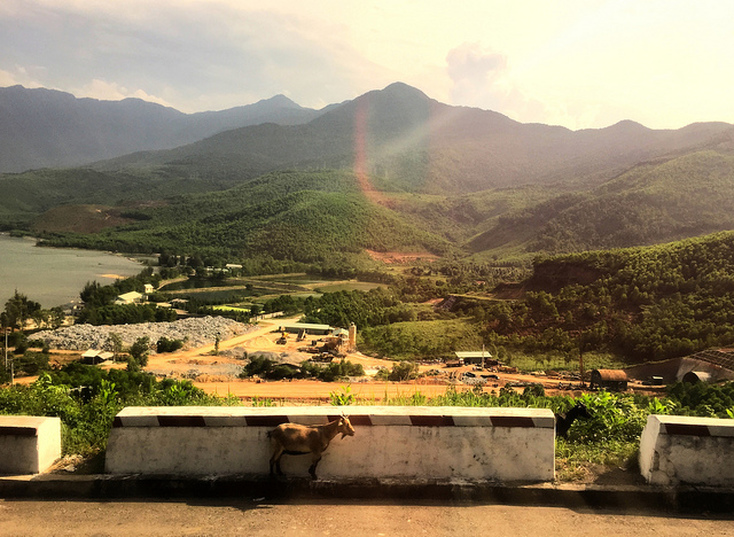
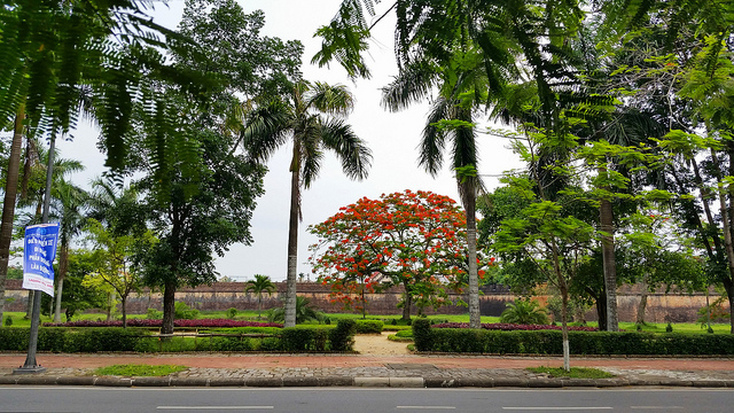
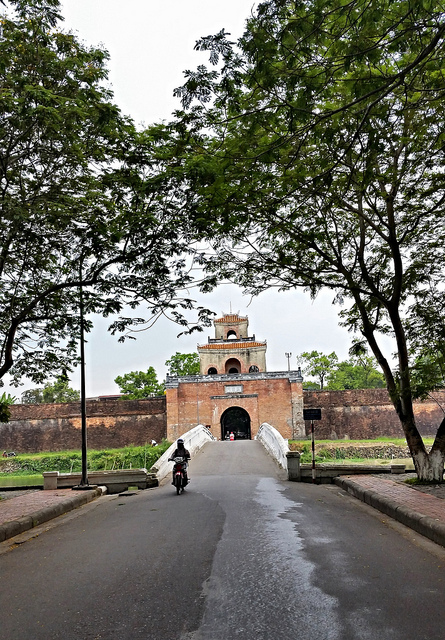
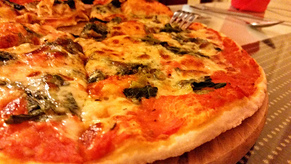
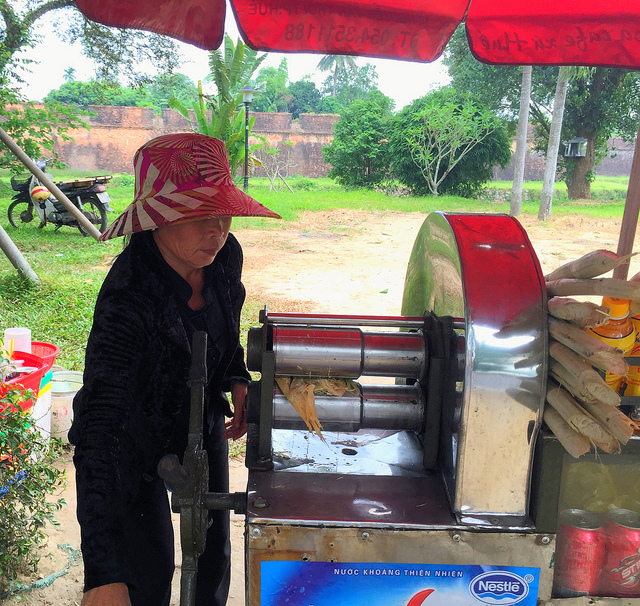
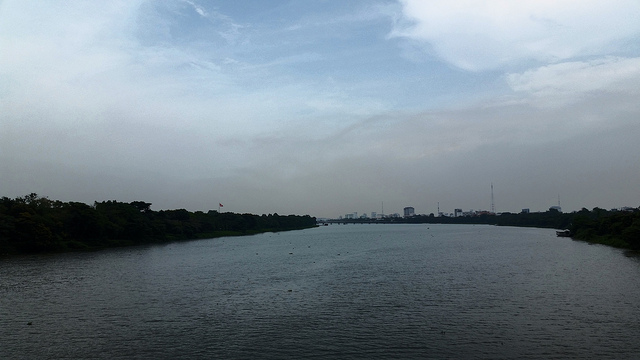
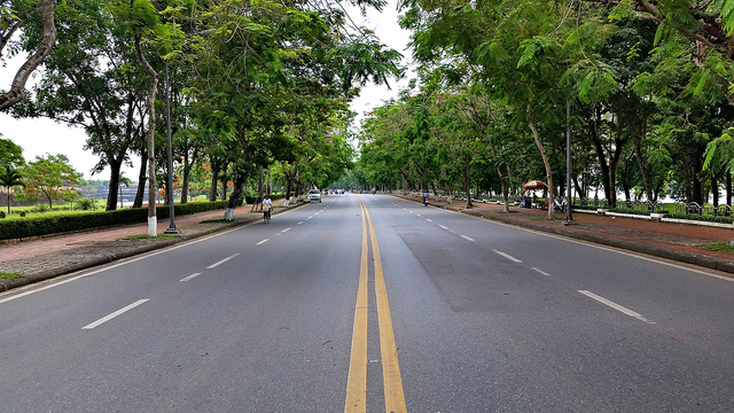
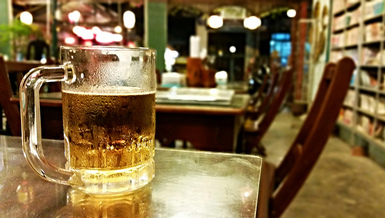

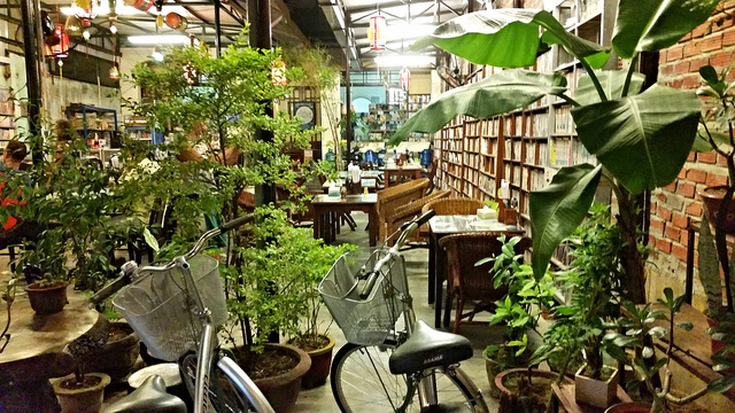
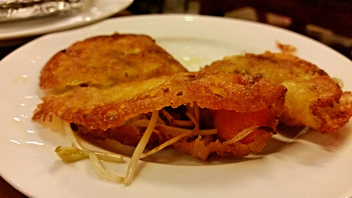
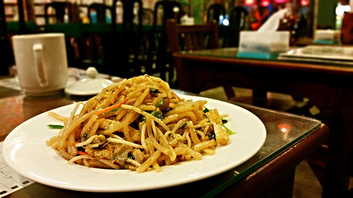
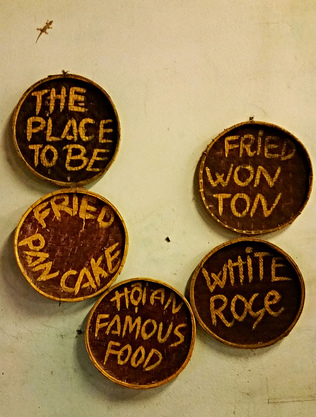
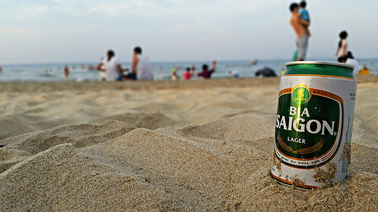

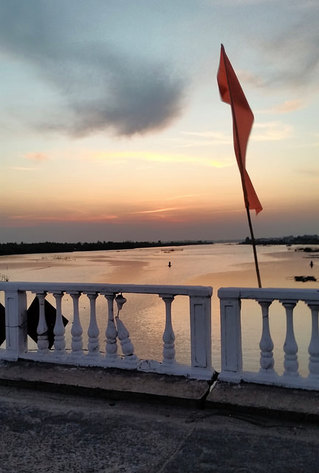
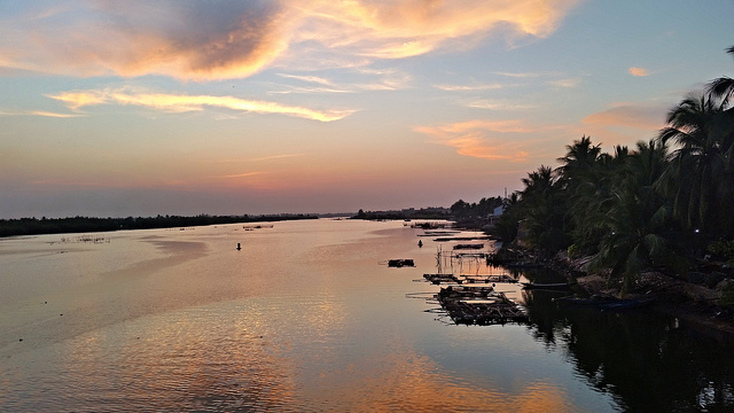
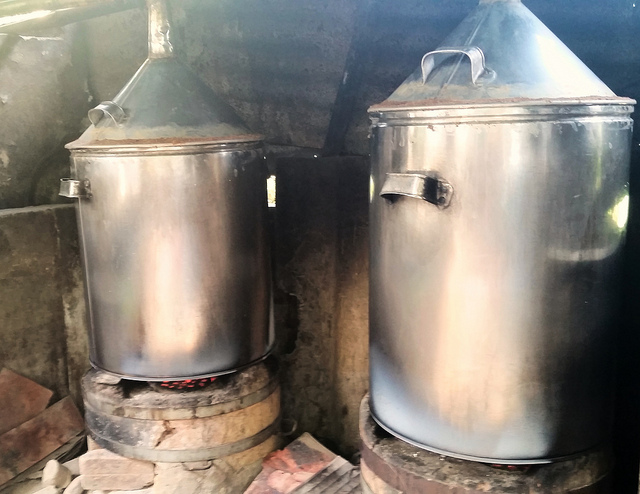
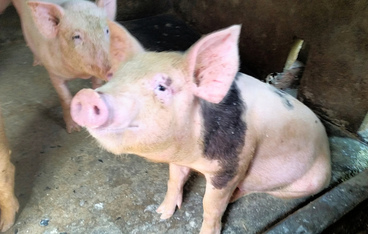
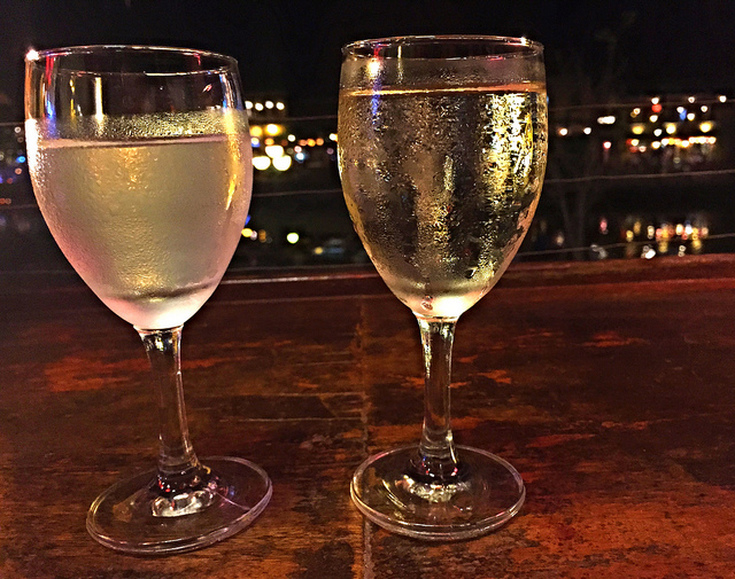
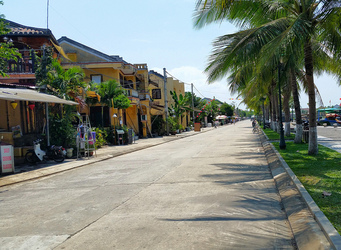

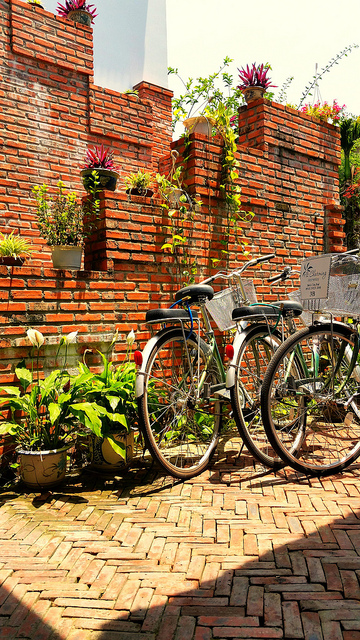
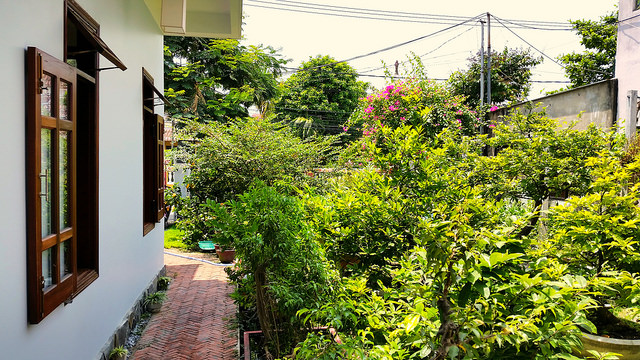
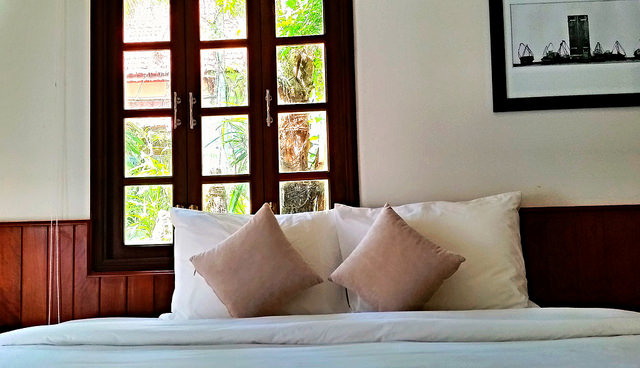
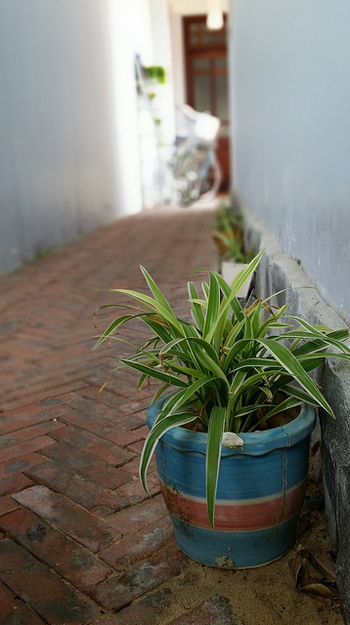
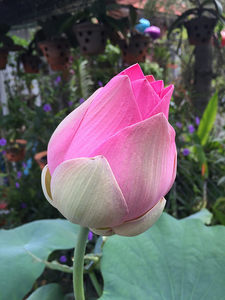
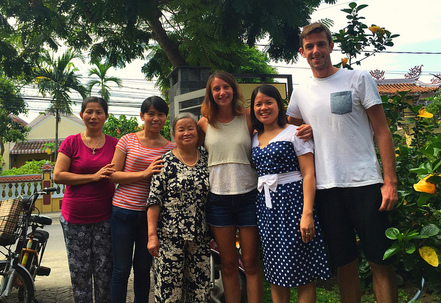
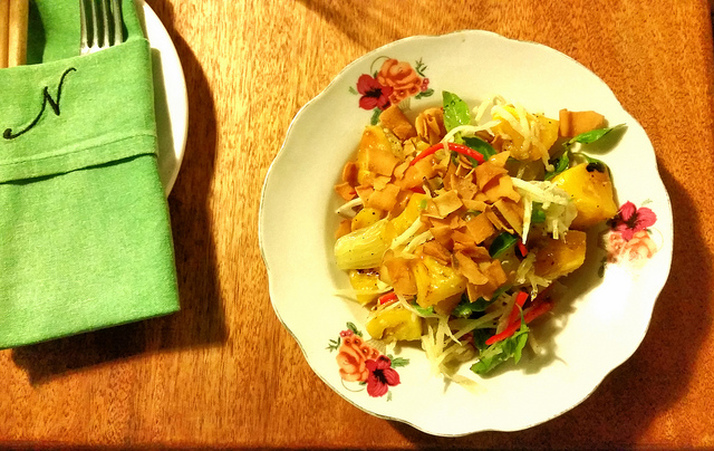
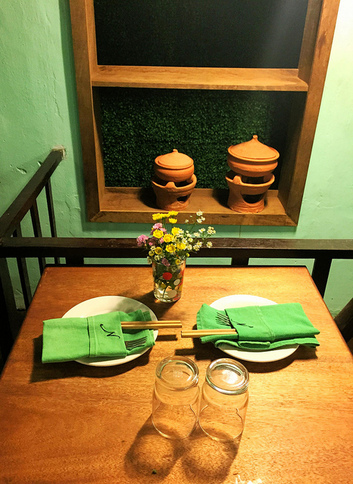
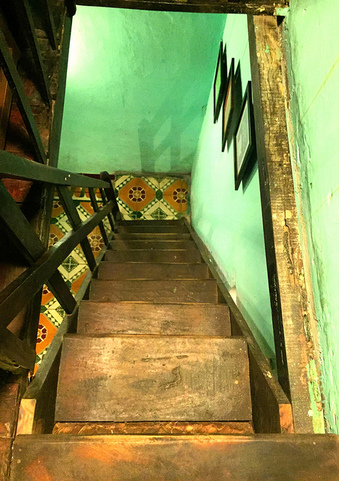
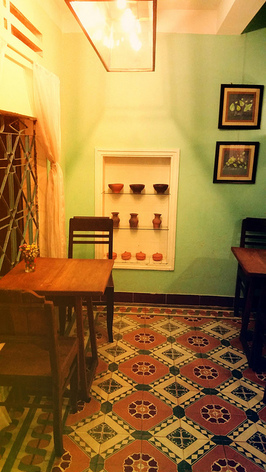
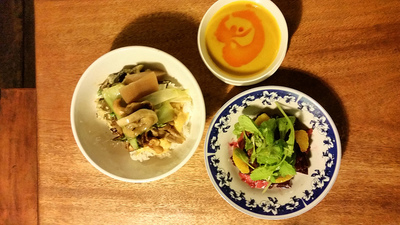
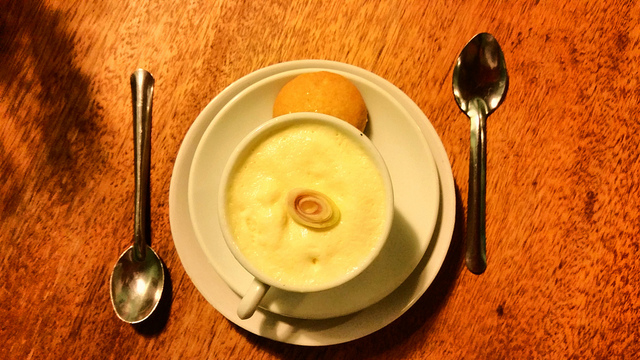
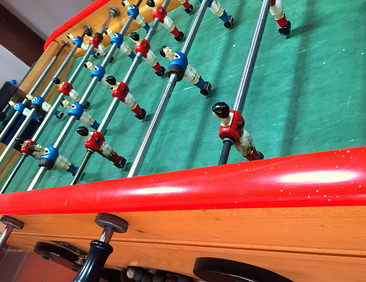
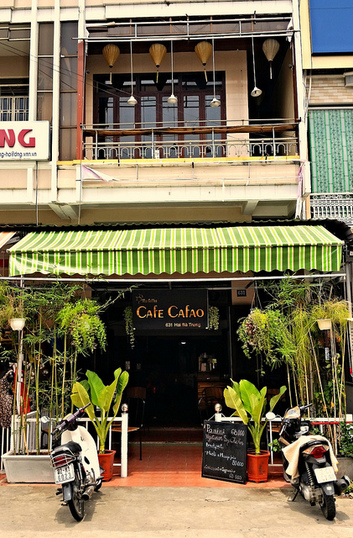
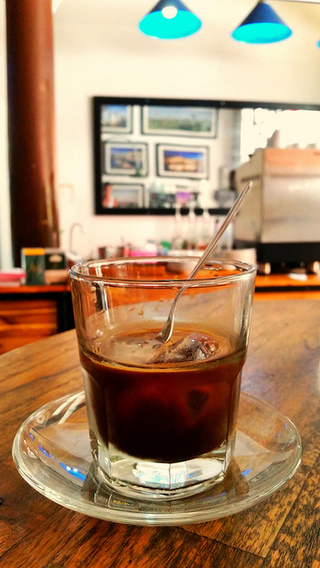

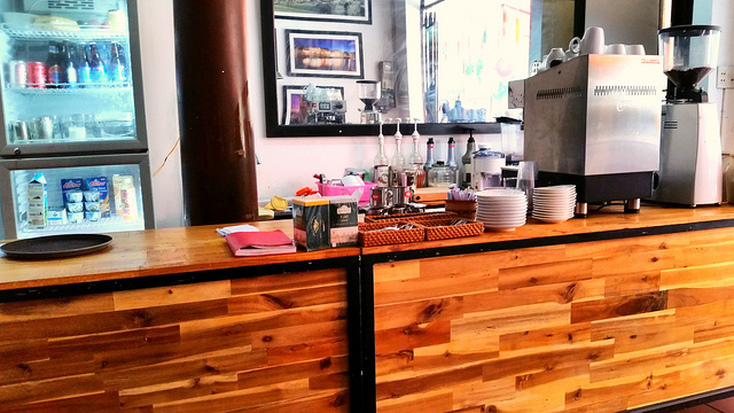
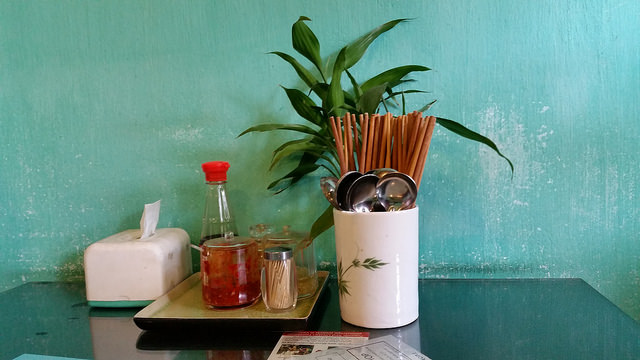
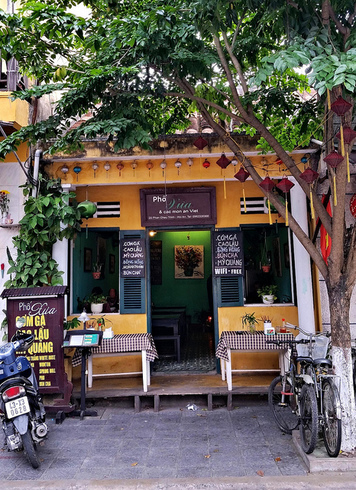
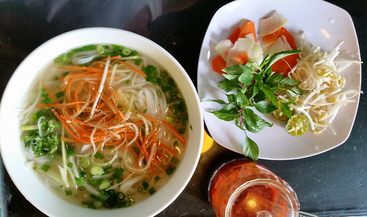
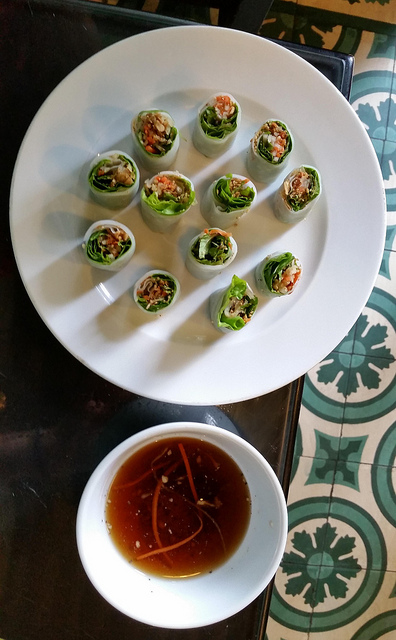
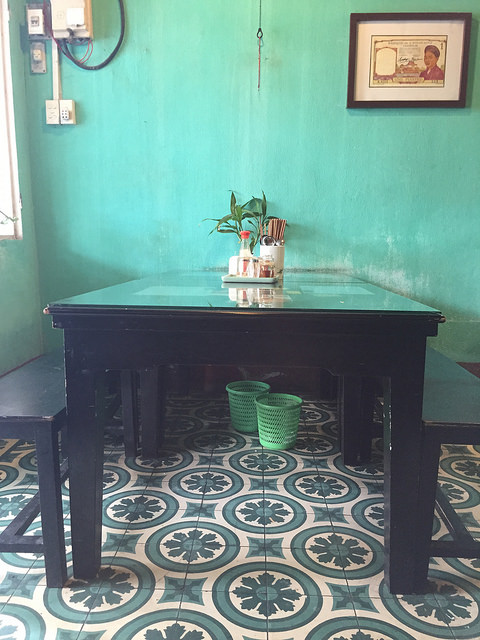
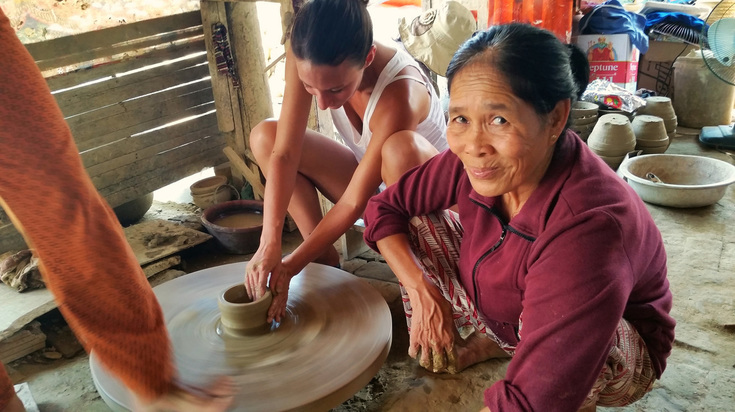

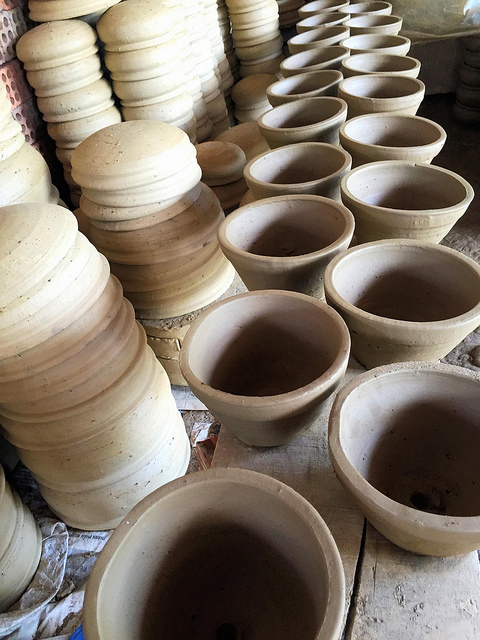

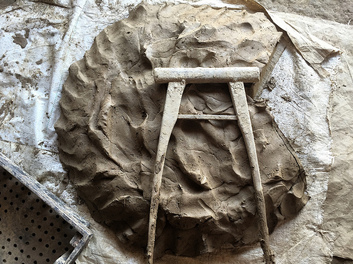
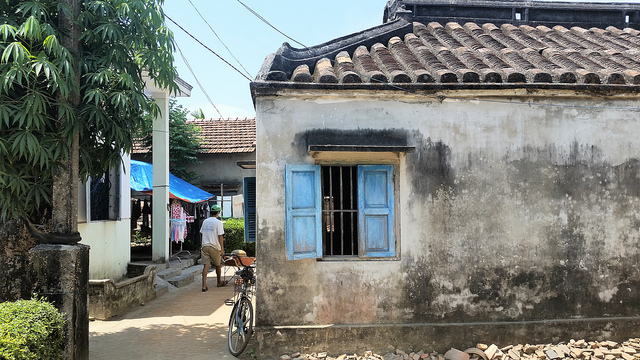
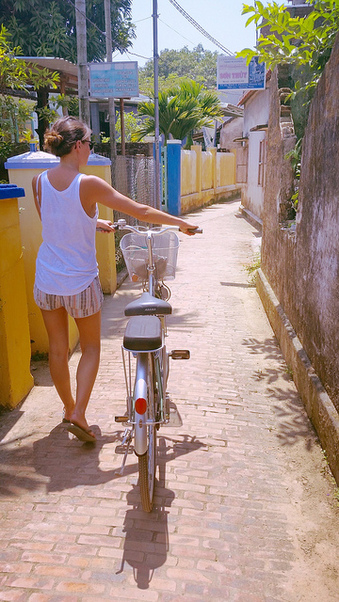
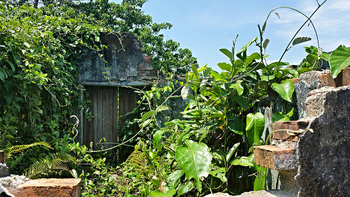
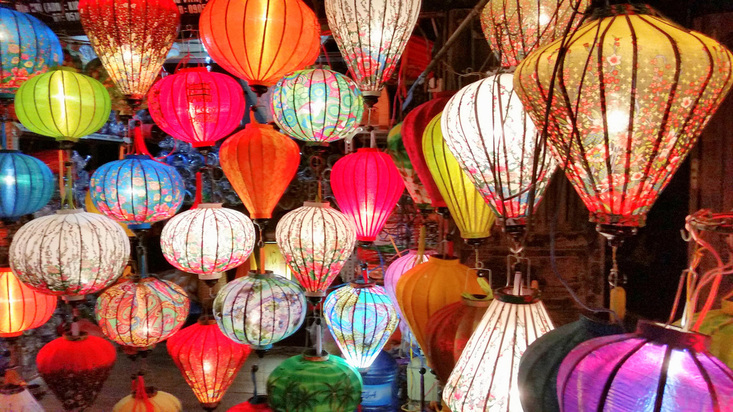
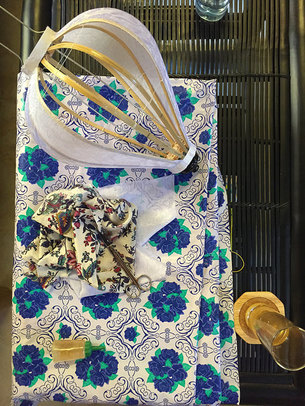
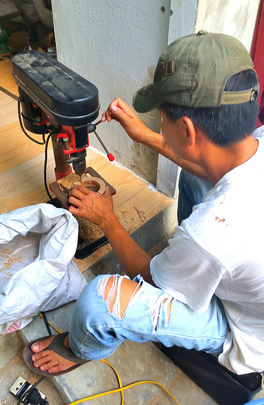
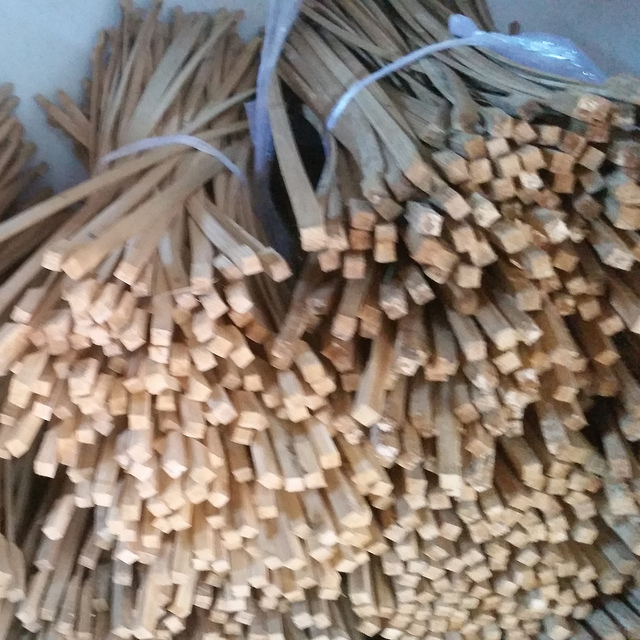
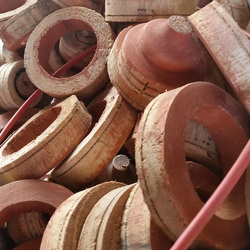
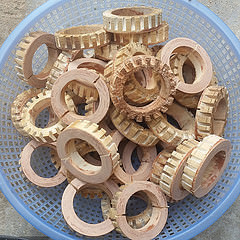
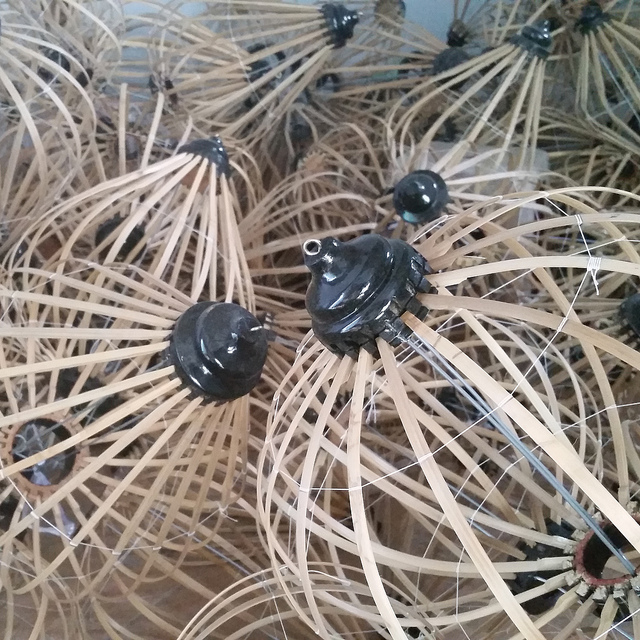
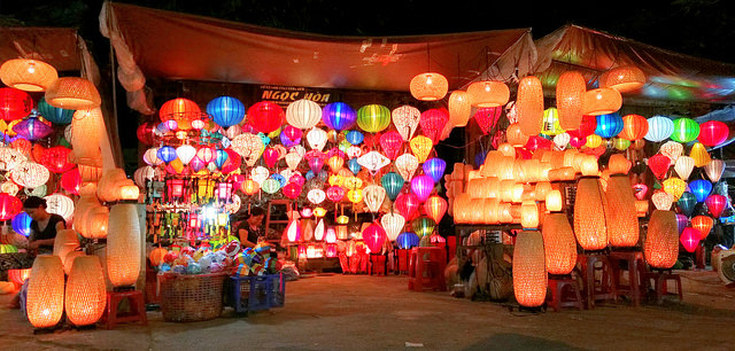
 RSS Feed
RSS Feed
